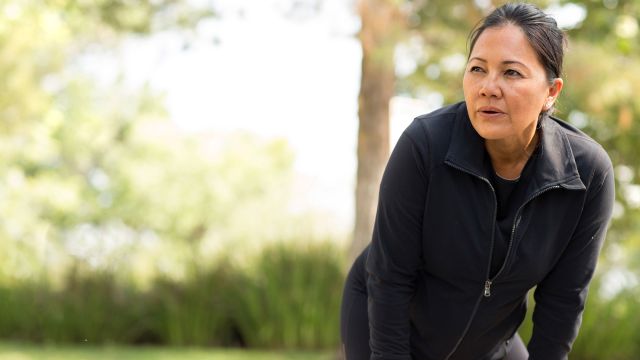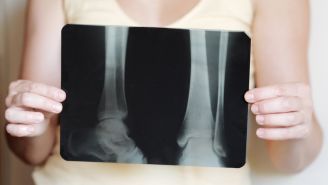If you've been diagnosed with osteoporosis, you don't have to be passive or feel powerless over the condition. In fact, you'll be better off if you take an active role in your treatment, from making healthy lifestyle changes to taking medication as prescribed. Here are three important steps to follow when treating weak bones and trying to prevent fractures:
Step 1: Examine your lifestyle
The same factors that help prevent osteoporosis—eating a healthful diet, exercising regularly and reducing your risk of falls—can also help you prevent further bone loss if you have osteoporosis. Take a moment to assess your lifestyle. Ask yourself questions like:
- Are you getting the nutrition you need?
- Are you active?
- Have you made your home a safe place, where you're unlikely to slip, trip or fall?
- Do you drink alcohol in excess or smoke, both of which can deplete bones?
If you think an aspect of your lifestyle could be improved, speak with your healthcare provider (HCP) about how to make positive changes.
Step 2: Treat underlying conditions
Certain conditions—including gastrointestinal problems, thyroid disorders and rheumatoid arthritis—can affect bone mass and contribute to osteoporosis. So, if your HCP has discovered an underlying condition, follow the treatment path closely. Managing any underlying causes will help your bones, too.
Step 3: Follow your medication plan closely
If your HCP decides you need medication, stick to your prescribed treatment plan. Several different classes of drugs are available to protect your bones. Some of them are designed to increase bone mineral density by slowing down the process of bone breakdown, and others are designed to help build bone.
Track your progress
As your bones get stronger, you'll lower your risk of painful bone fractures or breaks and increase your chances of remaining independent as you age. Keep track of your treatment, condition management and lifestyle changes, and share your progress with your HCP. Use a notepad or printable journal to record your important medical information.





